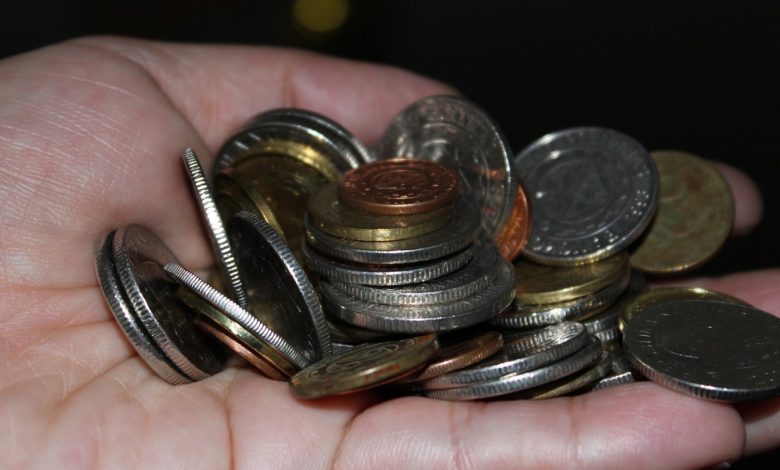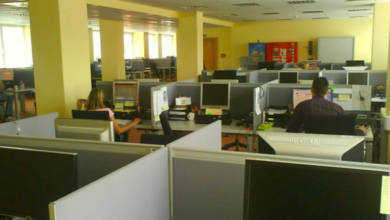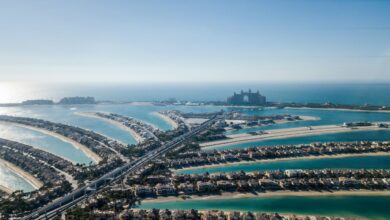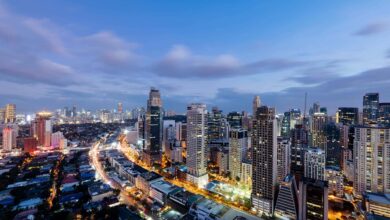
Strong economic fundamentals points PH to faster recovery amid pandemic
STRONG economic fundamentals – this is what it’s all about.
It’s undeniable that our economy fell during the pandemic. Economies around the world are experiencing contractions due to the disruption that COVID-19 has caused. But it seems that President Rodrigo Duterte and his economic managers and advisors are confident that we can pull through.
In his 5th State of the Nation Address (SONA), President Duterte said that the Philippines can actually withstand the socio-economic impact of COVID-19. This was mainly due to our country’s “strong economic fundamentals.”
“Our fiscal position is strong, our economic and fiscal management prudent and our banking system robust. We are in a better position to weather the crisis caused by the COVID-19 global pandemic,” said Duterte.
In the same breath, he explained that we even accomplished significant progress under the “Build Build Build” infrastructure program, painting a picture of progress in the time of the pandemic.
Where is this optimism coming from? Were we really in a good position economically, pre-pandemic? Let’s dig deeper.
PH economy on an upward trend pre-pandemic
The Philippine economy was in fact in a good position pre-Coronavirus. Most of the metrics presented during the Pre-SONA conference held by the Economic Development and Infrastructure clusters illustrated exactly what these “strong economic fundamentals” are.
Banko Sentral ng Pilipinas (BSP) Governor Benjamin Diokno and Department of Finance Secretary Carlos Dominguez presented several data on our economy from the start of the Duterte administration up to 2019. These were the hard numbers proving that “strong economic fundamentals” wasn’t a mere buzzword. See the highlights below:
- Philippines is among the fastest growing economies in Asia – averaged 6.6% in terms of GDP Growth from 2016 – 2019
- 2019 debt-to-GDP ratio is at 39.6% – the lowest since we started recording the metric in 1986
- Revenues as a percentage of GDP were at 16.1% in 2019 – the best performance since 1998
- We were enjoying low and stable inflation rates – average of 3% from 2016 – 2019
- At the end of 2019, we achieved the lowest recorded rate of unemployment at 4.5%, and underemployment at 13%
Economy got hit, but macroeconomic fundamentals remain stable
All signs were pointing at the Philippines becoming one of the next economic superpowers in the region. But then, the pandemic hit, and all of these metrics took a dive. Unemployment rates shot up due to the lockdowns, and our GDP fell accordingly.
It’s interesting to note though that our “macroeconomic fundamentals” remain stable.
Our inflation rate quickened to 2.5%, but is well within the BSP’s forecast of 1.9% – 2.7% for that month. The Philippine Peso even appreciated in the time of the pandemic. BSP Governor Diokno reported that the peso appreciated by 2.56% compared to the US Dollar.
RELATED: Why It’s Better to Invest in the Philippines
Several international institutions even recognized our economic and financial resilience. Again, “strong economic fundamentals” comes to mind. Japan Credit Rating Agency (JCR) even upgraded the Philippines’ credit rating from “BBB+” to “A-“ in the time of the pandemic. Most financial institutions even maintained their “stable” outlook for the country’s economy.
Remain hopeful, but demand for better policies
We thank Secretary Dominguez and his team for this stellar performance in recent years. However, it is now time to step up and capitalize on this position we enjoyed right before the pandemic hit. Together with acting NEDA chief Karl Kendrick Chua, our economic leaders are at the forefront of this shift into a new economic normal.
As much as we must remain hopeful that our country can pull through, so must we demand that our leaders pursue progressive policies. We are facing tough times, but our resiliency can turn to success if we remember what we have, and strive for what we could be.




